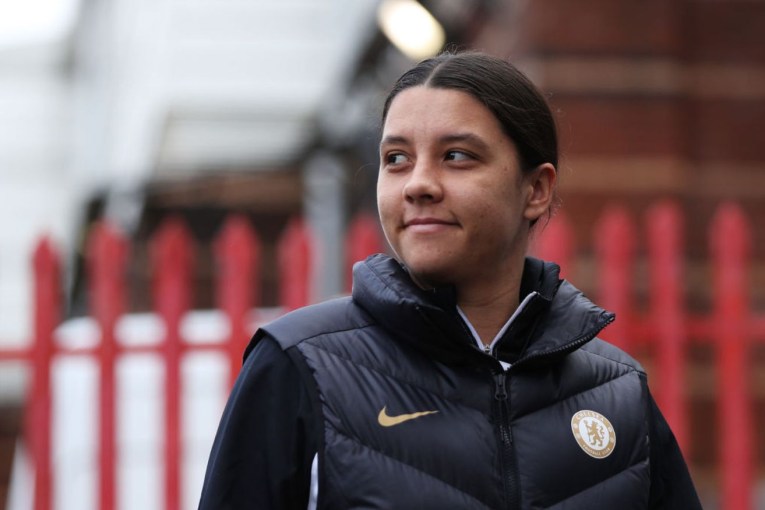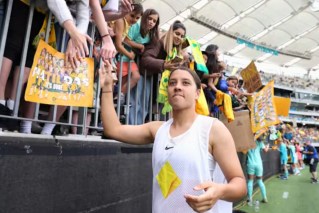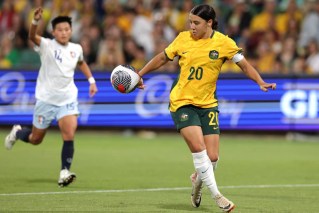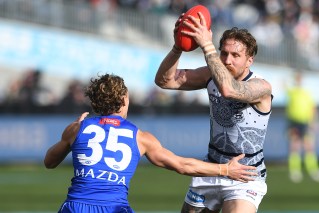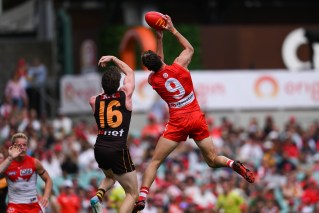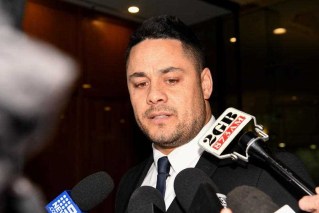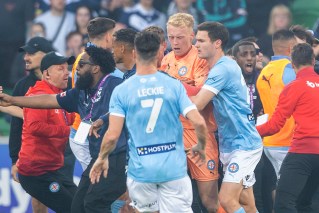Still a long way to go for the Women’s National Premier League
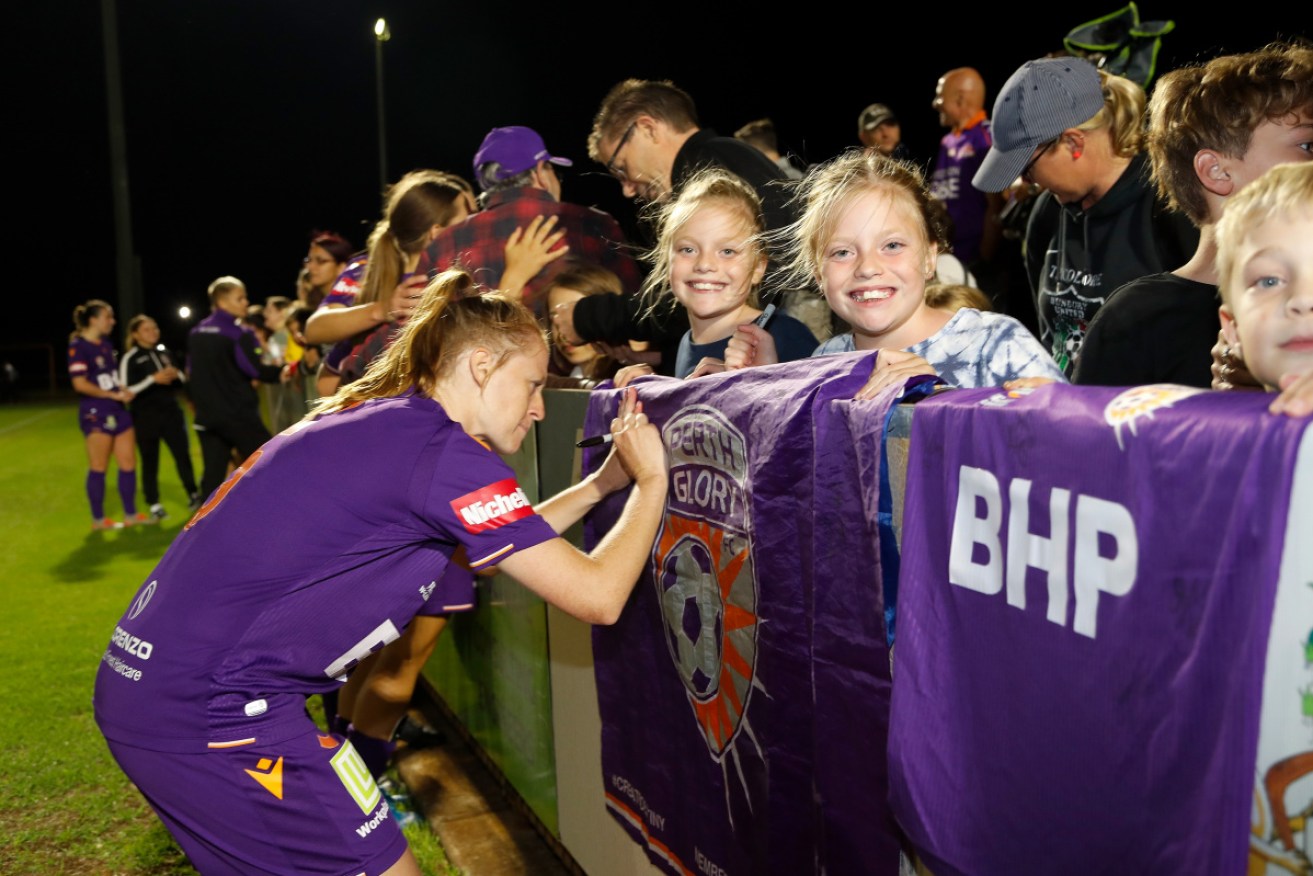
Perth Glory players interact with the crowd following their match with Western Sydney Wanderers. Photo: Getty
The improving Women’s National Premier Leagues (NPLW) shape as the first step on the road to the W-League for many players – but more can be done to ensure the competitions provide the best start they can.
Played across several – though not all – member federations across Australia, the strongest NPLW competition currently resides in New South Wales, where Sydney University SFC are the defending champions.
“I’ve just always been told by national team coaches to go to the Sydney league,” Western Sydney Wanderers and Sydney Olympic attacker Cortnee Vine told The New Daily.
“There’s a lot of W-League players and ex-Matildas that play in it, so the standard is very high and I think it’s just going to get better this year.”
Tweet from @NPLNSW
Joining the ranks of NPLW competitions from around the country seeking to close the gap between themselves and NSW will be Western Australia.
Eight clubs are set to take part in an NPLW competition in Australia’s west for the first time in 2020, the competition’s implementation a part of Football West’s Female Football Plan.
“Football West is extremely proud to have the NPLW WA competition in place for the 2020 season,” Football west Head of Development Jamie Harnwell told The New Daily.
“It is a clear statement of the importance of the women’s game here in the west and we have been working hard with our clubs to ensure that this first NPL season is one to remember.”
Fremantle-born Wanderer Ella Mastrantonio, a six-time Matilda and one-time Perth Glory player, has in the past opted to play with boys’ sides when she returned to her home state.
She welcomed the move by her home state to improve the quality of options available to female players.
“It’s good to see these things being implemented in WA,” she said to The New Daily.
“Hopefully, it can really take off and reach the next crop of Matildas.”
Tweet from @NPLAustralia
But while there is undoubted growth in NPLW around the country – growth that is to be applauded and encouraged – ongoing investment remains crucial.
Ever-present at that level – and the grassroots below it – are challenges surrounding facilities and ground availability for both training and matches; female participation in football growing by 11% in 2019.
And while some clubs, often ones devoted exclusively to the women’s game, do an admirable job of providing quality coaching and development to their players it’s an area of focus that requires constant backing.
As the W-League operates without a full home and away season, players playing in it are not able to maintain – as their A-League equivalents do – a full-time footballing career from it.
Thus, a significant number head to independent WNPL clubs in the offseason.
When the outlay is there and the quality of the competition is good, there is a greater chance of players being able to stay in contention to play in the W-League.
But when investment and quality competition isn’t there, the player’s development can lag.
If a W-League club operates with many WNPL based players, a weak local competition limits their ability to compete with sides that source from stronger competitions – or that don’t use it at all.
Melbourne City may have set records on their way to an undefeated regular season this year, but it has been built almost entirely off the back of stars that are based overseas during the offseason.
The club’s inability – as they do in the men’s NPL – to field a side in the NPLW means they are reluctant to invest significant resources in players that they only have proper access to for a select few months of the year.
Tweet from @nplwvictoria
But ultimately, regardless of where the improvements come from, growth in the NPLW around the country looms large in the face of the changing face of women’s football in Australia.
As the countries best increasingly make moves to leagues whose schedules conflict with the W-League, their production and star power will need to be replaced.
Ultimately, it will fall on the next generation of young Australian girls to fill most of the void, a large number of which will rely on the NPLW for their development.
“All the grassroots needs support and everything below the W-League needs support to make it better than it is,” Vine said.
“I think it’s at a pretty good level now and I think this year it’s going to raise another standard.”
